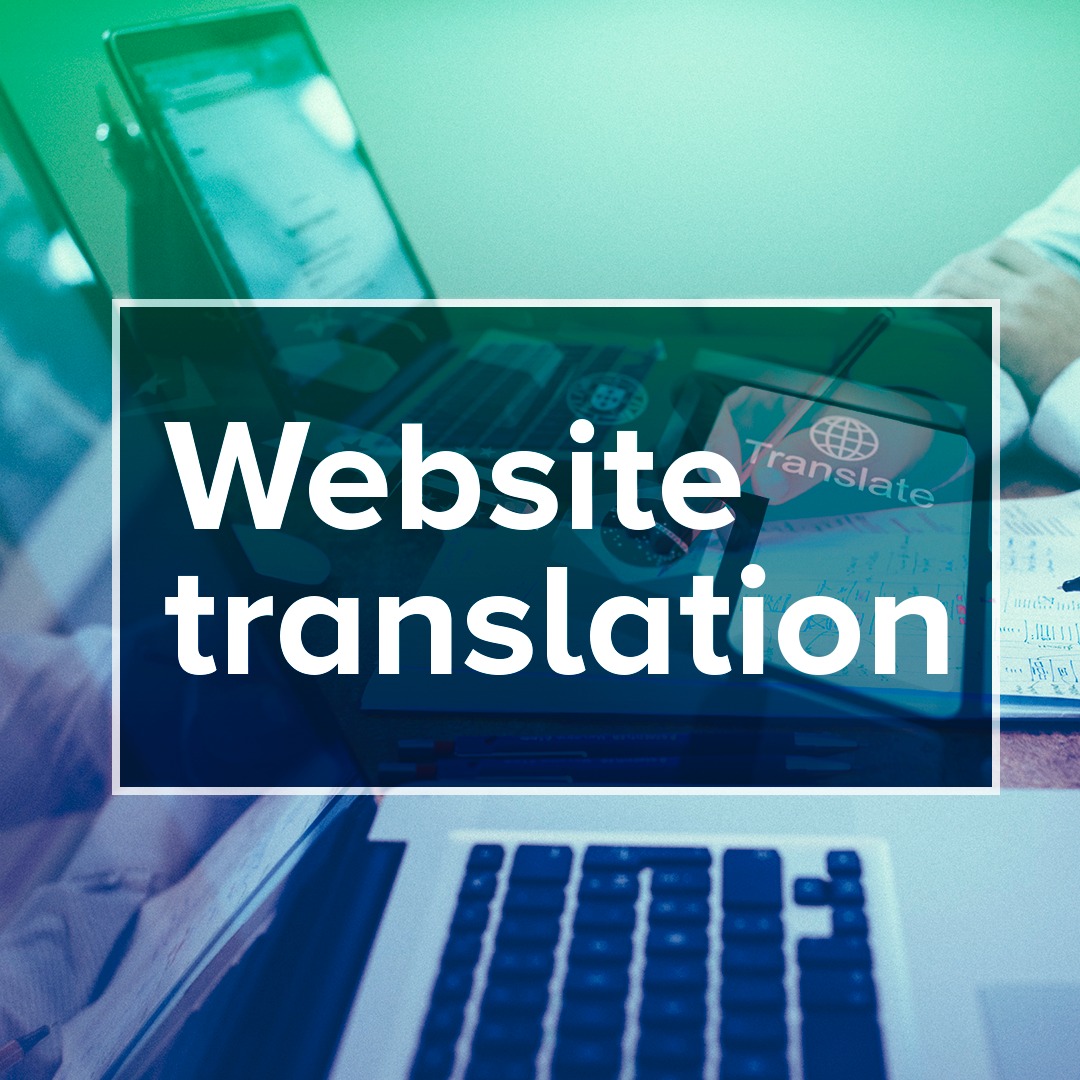
24 Sep Website translation: procedures and particularities of each language
In this article, we’ll look at the process of website translation and why it pays to observe the particularities of each language, so as not to fall into the trap of translating everything using Google Translate, and losing both credibility and your users’ trust. The free Google tool can be used to support translation, but a basic understanding of the languages involved is essential, otherwise some words may appear out of context, leading to mistakes which users will be sure to pick up on.
At Rabbit Hole, a client of urs was looking to make their website available in three languages: Portuguese, English and Spanish. The client had worked and lived in countries that speak these languages, and wanted to share his content in these locations. To translate and localize the content into three languages, our team relied on the help of translators, as well as Google’s tool.
How the translation process worked:
Step 1: The website content – articles, pages, menus and so on – was originally created in Portuguese.
Step 2: The site already contained some articles in English, produced by our client. However, the pages and structure itself were not yet ready in this language. So our agency team carried out a basic, initial translation using Google Translate.
Step 3: The English-language pages were ready, albeit in a very basic, error-strewn form. We then enlisted the help of a translator, who corrected several errors and adapted the content according to the particularities of the English language.
Step 4: The same procedure was applied when translating the site into Spanish – the pages were initially created using the Google tool, and then we tasked a translator with proofreading, correcting and improving our Spanish-language content.
Main differences between Portuguese and English
The English and Portuguese alphabets are similar, but one major difference is that accents – common in the latter – are non-existent in English. Pronunciation differs across both languages too, although we won’t go into that here.
Nouns and adjectives also work differently in both languages: in Portuguese most of them are feminine or masculine, but this does not occur in English, with some exceptions. Another notable difference is that in English, adjectives should precede nouns (example: “beautiful flower”) and are not inflected in the plural form.
Main differences between Spanish and Portuguese
The Spanish and Portuguese languages, while similar, differ in several significant ways, from particularities in pronunciation and writing to “false friends”: words that have the same appearance but completely different meanings in both languages.
People who understand and speak Portuguese may find it easy to learn and understand Spanish, but not 100%. So translations between the two need to be thorough, to avoid the possibility of a word being used out of context.
Alternative translation tools
Other translation tools are just as effective as Google Translate – for example, Microsoft Translator, which has the additional perk of online or offline usability, via browser or mobile app. Another option is Linguee, which acts more like a dictionary and translation locator. Finally, Reverso translates words and illustrates how they can be used in different contexts. If you are a translator and aren’t yet fully confident in your work, a good tip is to use more than one tool to check whether you’re on the right track.
The most spoken languages worldwide
The languages you choose for your website should be directly related to the leads, customers and target audiences which you are looking to reach. But as a pointer for website creators, let’s examine which are the most widely spoken languages in the world today.
The “universal language”, most widely spoken and typically used in international business, is English, with 1268 million speakers worldwide. The second most common language is Mandarin Chinese with 1120 million speakers, followed by Hindi (637 million speakers) which, together with English, is one of the 22 official languages spoken in India.
Spanish is the fourth most spoken language in the world, with 538 million speakers, as well as the language with the second-most native speakers. French comes next with 277 million speakers, most of whom are not native speakers. And Arabic appears in sixth position with 274 million speakers – notably, this language was an influence on certain European languages, such as Spanish and Portuguese.
Bangladesh’s official language, Bengali, is on the list as well with 265 million speakers. And the eighth most spoken language in the world is Russian (258 million speakers), the official language of four countries and spoken throughout the former Soviet Union. Portuguese is next on the list, with 252 million speakers – during Portugal’s colonial period, the language spread throughout its territories around the world.
Indonesian rounds out the Top 10, with 199 million speakers. Berlitz has an interesting article which goes into more depth for each of these languages. Now that you know the most widely spoken languages worldwide, and understand more about your target audience, you can choose which languages to include on your website, and which supporting tools to use when translating your content. Remember to always pay attention to the details, and the most significant differences in each language.
